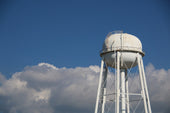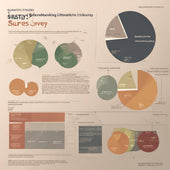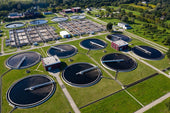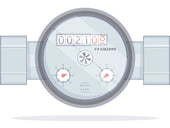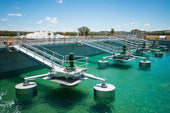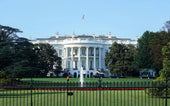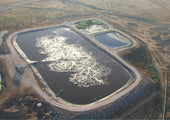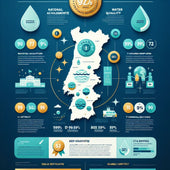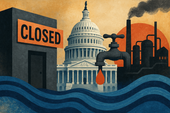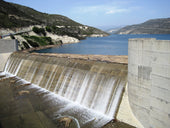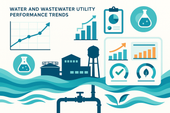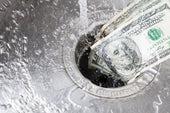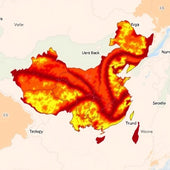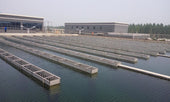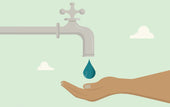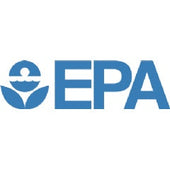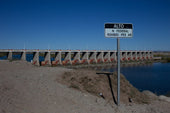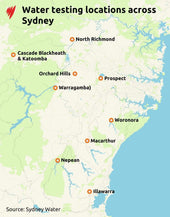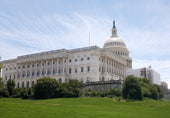
Report: U.S. water, sewer bills have increased 24% in five years

According to a new comprehensive analysis of drinking water and sewer rates, the combined water and sewer bill for a typical U.S. household has increased by 4.6% from 2023 to 2024 and about 24% in the past five years.
Bluefield Research, which analyzes and provides global water market data and insights, recently released its annual U.S. Municipal Utility Water Rates Index 2024: Drinking Water & Sewer report, an analysis of rates in 50 of the largest U.S. cities and 61 utilities serving approximately 20% of the U.S. population. This is the ninth consecutive year Bluefield has conducted the research.
According to the report, the increases are being fueled by mounting operational costs, inflation and necessary capital investments.
“The cost of maintaining and upgrading water infrastructure continues to rise, and these costs are being passed down to ratepayers,” said Megan Bondar, an analyst at Bluefield Research. “Sewer charges, in particular, represent a significant portion of monthly bills, highlighting the growing costs associated with wastewater treatment and regulatory compliance.”
Over the past five years, sewer costs have consistently accounted for the largest portion of household utility bills, representing approximately 59% of households’ monthly utility bills. Since 2019, sewer expenses have exceeded the costs of water provision by an average of $19.33 per month.
Various factors, such as infrastructure age, localized climate risks and respective state policies, influence regional water rate disparities, Bluefield added. Monthly water bills vary significantly across the United States., with prices as low as $21.76 in Phoenix, Arizona, and as high as $122.94 in San Francisco, California, illustrating the regional disparities.
According to Bluefield, in 2024, the Northeast region had the highest average combined water and sewer bills, totaling $141.53 per month. This is in contrast to the South, where the average was $118.21 per month. An underlying factor in this difference is the older utility assets and systems in the New England area, which require costly upgrades.
“These regional cost variations not only highlight operational and infrastructure differences across cities but also raise concerns about the affordability of water and sewer services for households, particularly in lower-income communities,” said Bondar.

Affordability challenges also continue to grow. In cities like Birmingham, Alabama, and Cleveland, Ohio, combined water and sewer bills now exceed the U.S. Environmental Protection Agency’s (EPA) affordability threshold of 4.5% of median household income. The analysis reveals that minimum-wage earners in select cities must work as much as 20 hours per month to cover their water and sewer bills.
“The data highlights the affordability crisis many communities face and the difficult tradeoffs that need to be made in balancing a utility’s financial sustainability with household affordability,” said Bondar.
Water utilities employ various strategies to manage costs and ensure service delivery in response to these challenges. Common measures include tiered pricing models, seasonal rate structures and low-income assistance programs.
“Unfortunately, there is no one-size-fits-all solution,” Bondar added. “At this point, long-term planning and innovative approaches at the local level will be critical to sustaining water and sewer services.”
Bluefield’s year-over-year analysis underscores the mounting financial challenges for water utilities. New concerns about water quality, operating costs, and workforce shortages will continue to influence future rate structures. Other rising household costs, such as electricity, natural gas, and broadband access, exacerbate the financial impact of rising household water rates on consumers.
Access the complimentary report here. Bluefield clients can access the Water Rates dashboard on Bluefield’s Data Navigator platform.
Source: Bluefield Research
The post Report: U.S. water, sewer bills have increased 24% in five years appeared first on Water Finance & Management.
